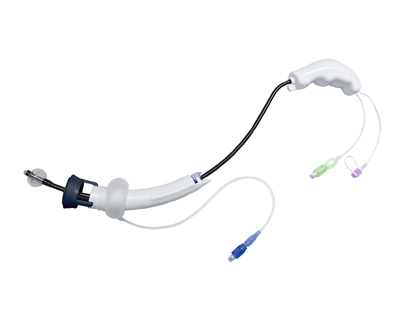How is the Effectiveness of Minimally Invasive Surgery?
Understanding of minimally invasive surgery
The concept of minimally invasive surgery, summarized as "small trauma, little bleeding, less pain, and quick recovery," is correct, and it is also the fundamental concept of surgery. The key to truly achieving minimal invasiveness lies in choosing the right surgical approach and technique. For example, in thoracic surgery, the same lesion can be treated with three approaches: tracheoscopic surgery, thoracoscopic surgery, and traditional open chest surgery. If the treatment results are the same, tracheoscopic surgery is the most minimally invasive, followed by thoracoscopic surgery, and open chest surgery is the least minimally invasive. In gynecological surgery, there are three entryways: laparoscopic surgery, transvaginal surgery, and traditional open abdominal surgery. For certain conditions, all three approaches may be suitable, while for other conditions, they may not be appropriate. Therefore, a rational approach to surgical entryways is an important guarantee for achieving minimal invasiveness. Selecting the surgical entryway is the first step in surgery and also the most reflective of the concept of minimal invasiveness. If the tumor can be resected via the vagina, there is no need for an abdominal incision, and even a laparoscope may not be necessary. However, the technical principles emphasized by traditional surgery, such as maintaining moisture, keeping bloodless, keeping clarity, and being gentle, are also geared towards minimal invasiveness. Therefore, these so-called traditional technical principles give traditional surgery a new concept, and "traditional" does not necessarily mean outdated and obsolete!
The indications for minimally invasive surgery are also composed of the following elements: the patient, the disease, the surgeon, and the technique. When these four factors fit perfectly, minimally invasive surgery is the best choice. If a particular disease is not suitable for this technique, or even for this surgeon, the surgical approach should be altered or a more suitable surgeon should be sought. For example, if the surgeon is not familiar with laparoscopic surgery, attempting to perform the procedure will likely result in a large incision, thus defeating the purpose of minimal invasiveness. Therefore, any surgery should be based on a realistic assessment to make a rational choice.
The advantages of minimally invasive surgery
On the basis of good prognosis, the advantages of minimally invasive surgery are as follows:
Small incisions or no incisions, minimal or no scarring, and minimal impact on the body.
The patient experiences less pain, and the surgery can be completed without discomfort.
Fast recovery, greatly reducing damage to organs and interference with other organ functions, shortening the recovery time after surgery.
Little bleeding occurs during the operation, and the view is clear, with precise operations.
The patients' hospitalization time is short, and they can recover quickly under normal circumstances, and the cost is relatively reduced.
In summary, can the concept of minimally invasive surgery be summarized as follows: if the condition is not serious., it does not require treatment; if it can be treated with medication, surgery is not necessary; if it can be treated with noninvasive operation, it does not need minimally invasive surgery ; if it can be treated with minimally invasive surgery, an incision is not needed. Surgery should follow sterile principles and clinical entryways, apply techniques appropriately, and choose the best treatment plan to ultimately achieve good treatment results.



